
Subscribe to our newsletter!
We don't spam. You will only receive relevant and important tips for you and your business.
Unsubscribe anytime.
By Darren DeYoung
Google Analytics (aka GA4) is one of the most powerful, and underutilized, tools available to business owners. It's free, packed with insights, and when used correctly, it can transform the way you understand your website visitors. If you're not diving into your analytics regularly, you're missing opportunities to connect with your audience, refine your marketing, and improve your site performance.

The amount of data within Google Analytics is massive. It is a dream come true for stat geeks who will quickly immerse themselves in the sea of data. That data is what business owners need to make actionable changes. Whether you like the data or are overwhelmed by it, here are some simple ways to improve your website which will then improve your business.
As a business owner, you have a general understanding of who your target customer is, right? Let’s say your current customer base are homeowners, living within 30 miles of your business.
But, are the same people coming to your physical location the same ones that are visiting your website? Google Analytics can help with that.
Who is Visiting Your Website:

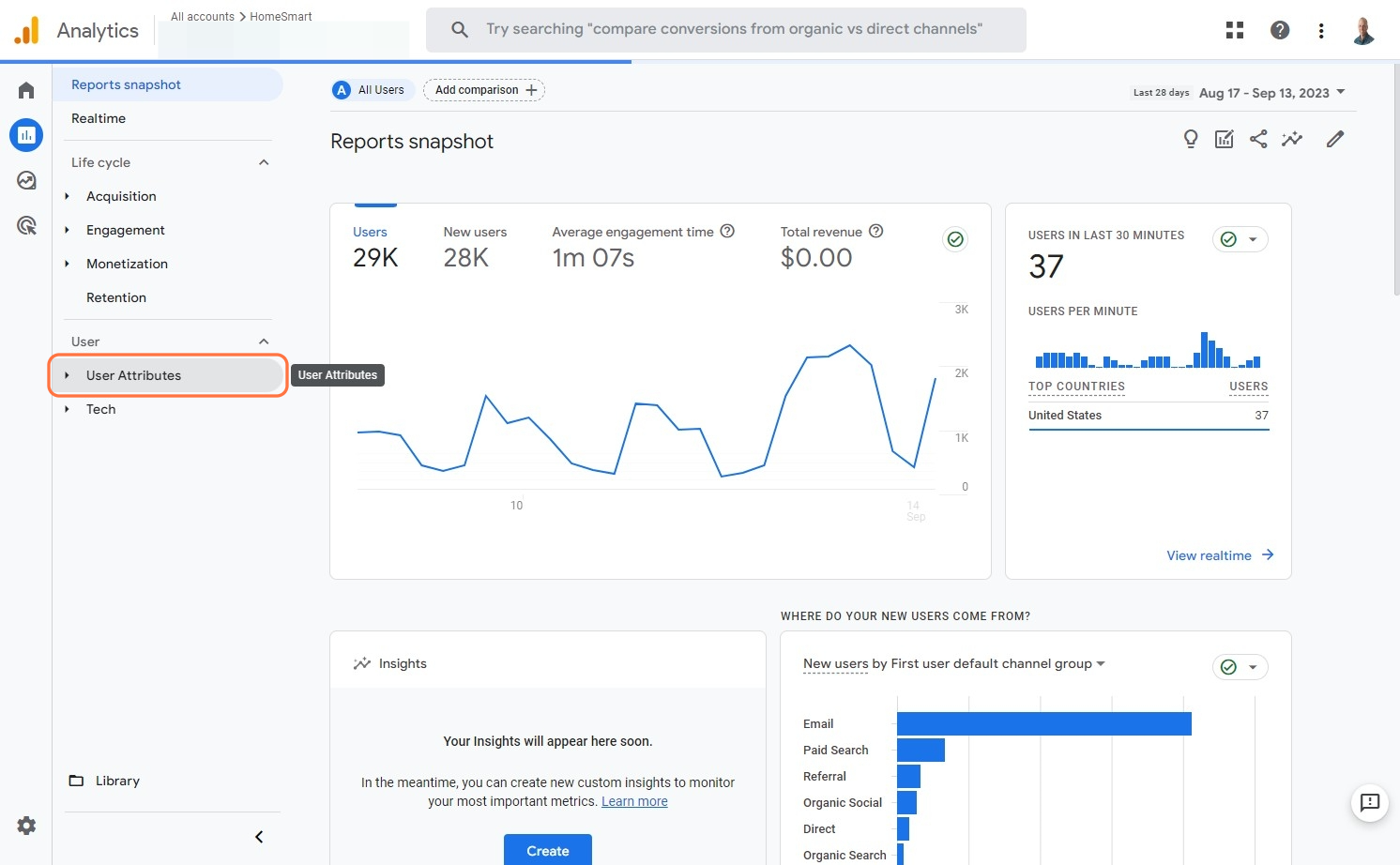

Drill down as deep as you would like to find out where your website users are coming from.
If you find out that most of your digital audience does not fit your target audience, it is worth considering why and how you can change your marketing approach to better suit your current audience.
Additionally, if your digital audience doesn’t match your target audience, many of your website metrics will be affected. This will lead to poor website performance and rankings.
Not every visitor experiences your website the same way. Some browsers may render your content differently, or even block certain scripts and design elements.
Right now, Chrome dominates the web with over 60% market share. But what if that changes? What if a majority of your visitors are using Safari? You better make sure your website is compatible with Safari.
Is your website compatible with the right browsers?
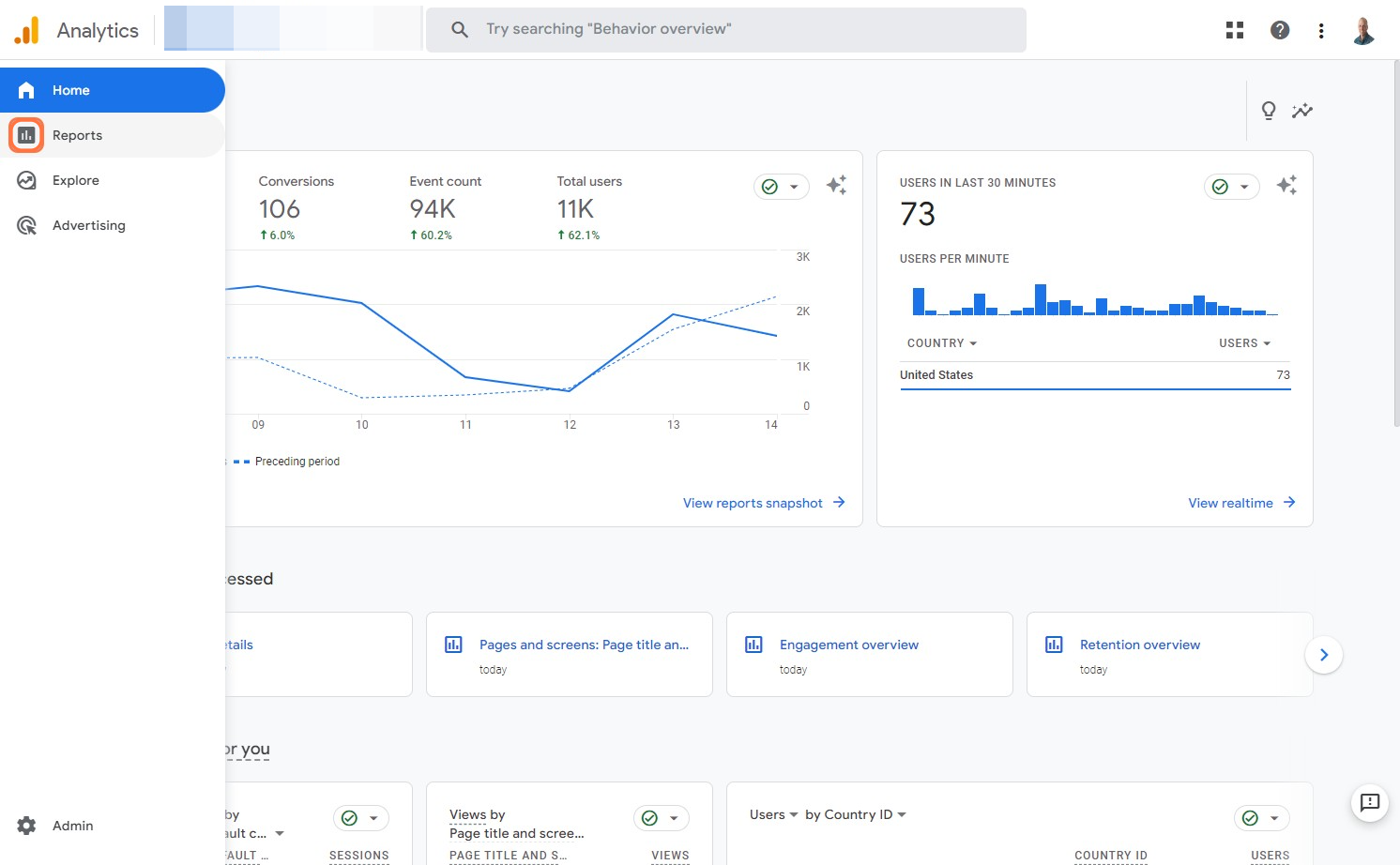
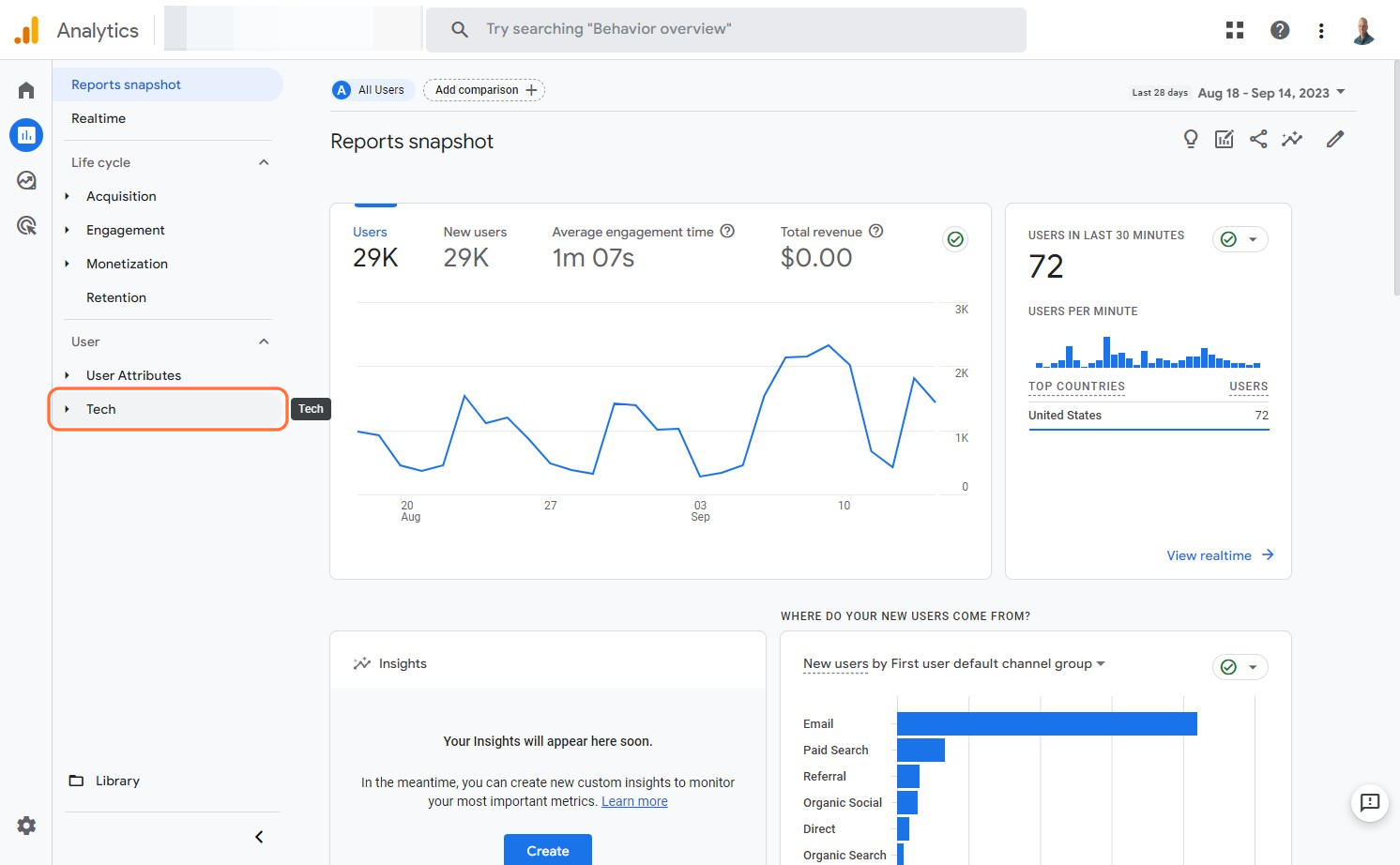
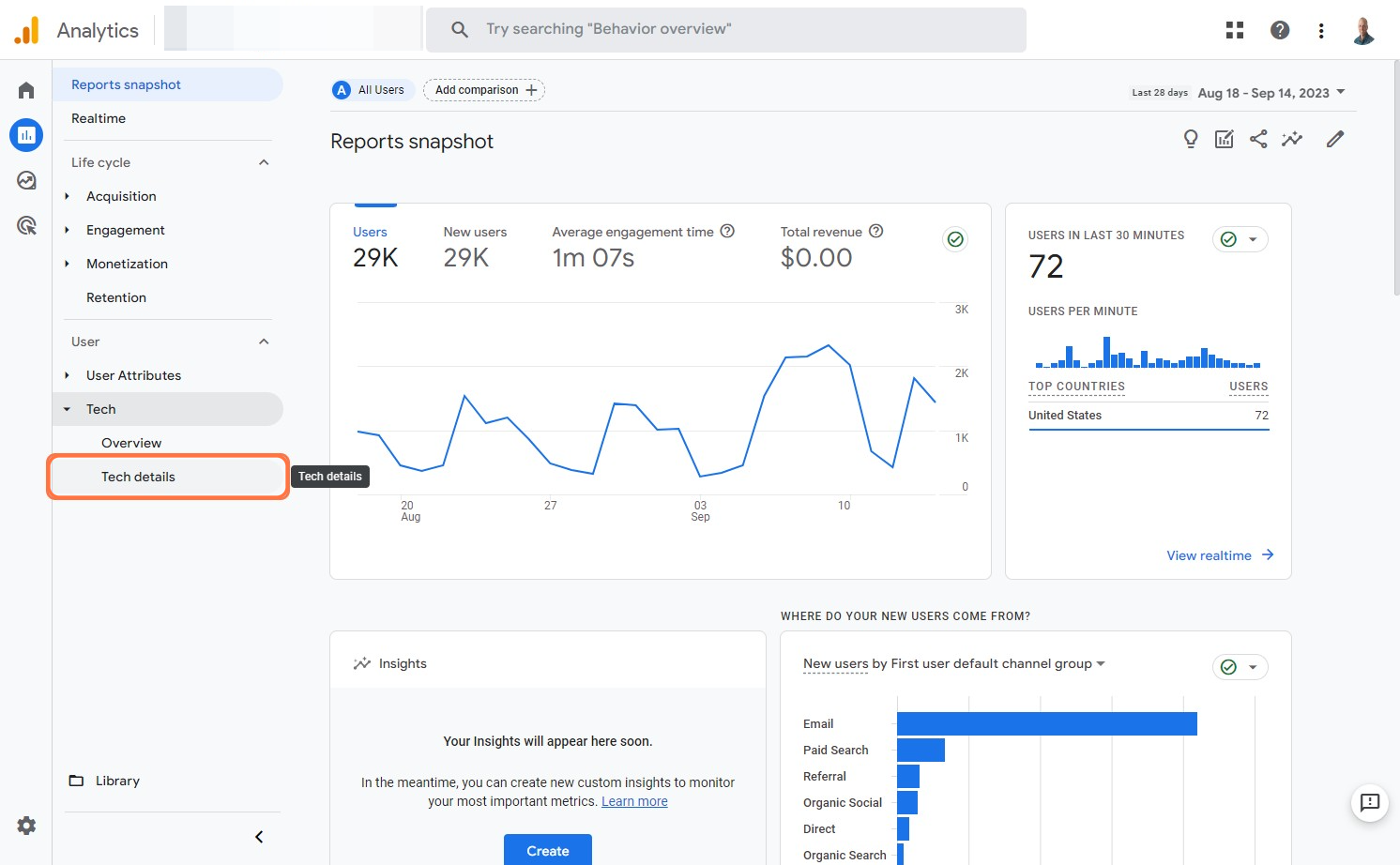
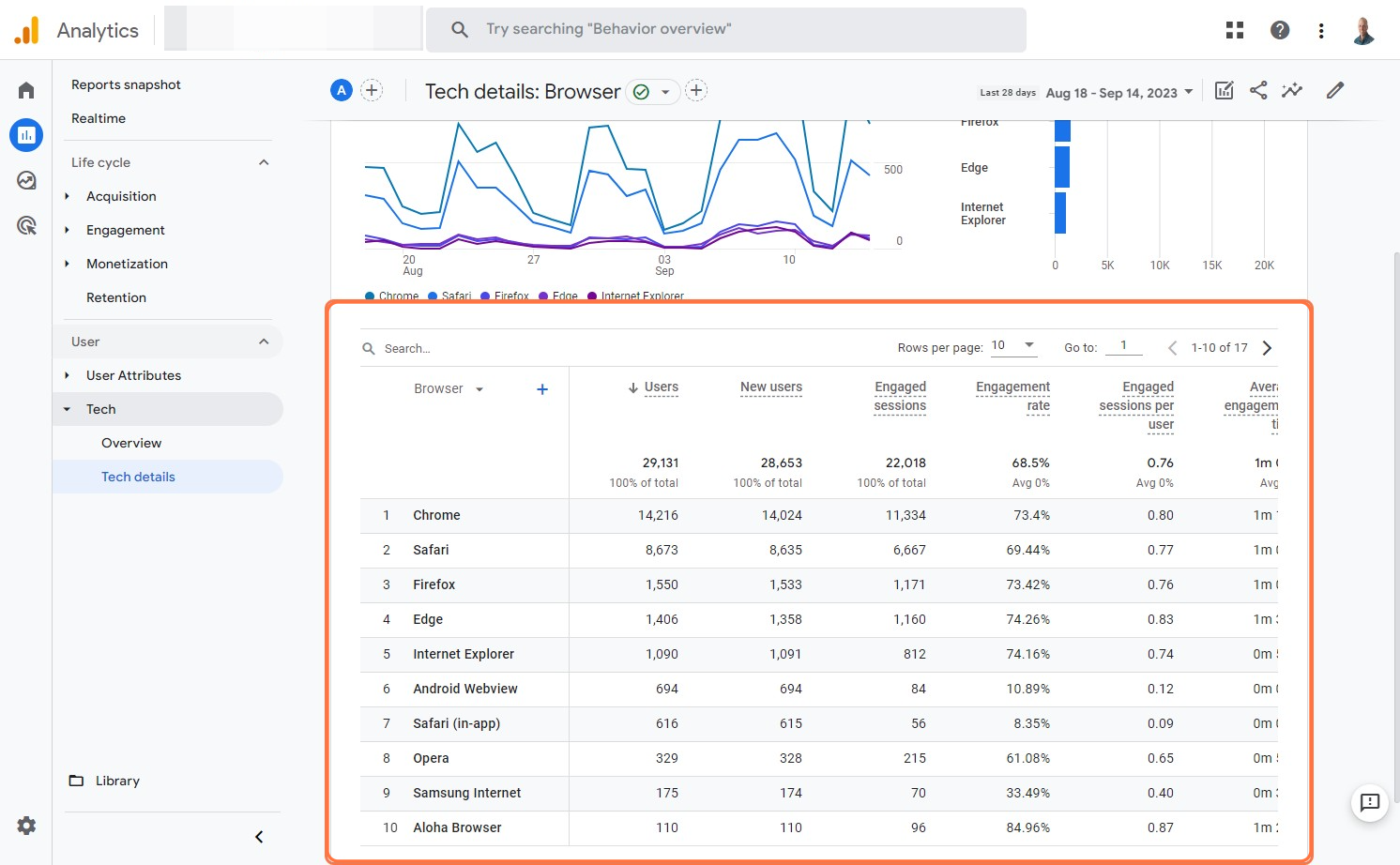
Quick tip: Run tests using popular browsers (like Chrome, Safari, Edge) to ensure consistent performance and functionality.
If users aren't staying, you may want to make your website design more attractive. Make sure it is:
If users can’t figure out how to use your website, they are going to leave. Keep it simple and design your website so the content is easy to find. If web design isn’t your thing, consider hiring a company to design a custom website to give you a competitive edge. Just be sure to do some research in advance.
In Google Analytics, you can see the Average Engagement Time of each webpage. Some pages will have a low engagement time, such as a ‘Thank You’ page on a form. Low engagement time on a 'Thank You' page is completely normal.
But for others, like the payment page of the checkout process, something about the experience may be causing people to leave that page leading to low engagement. Find these pages for yourself and see if anything jumps out at you.
How to find the Average Engagement Time?
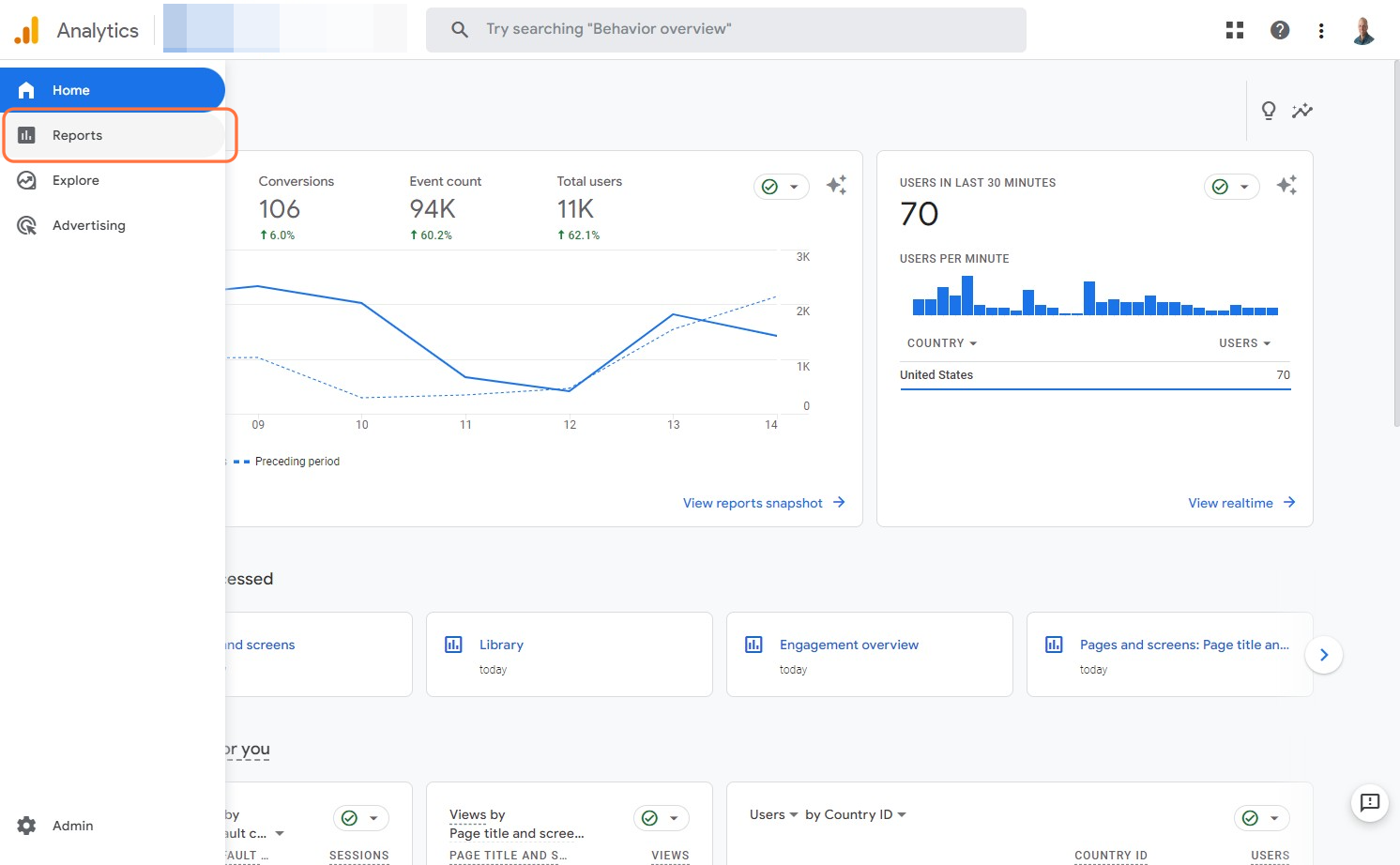
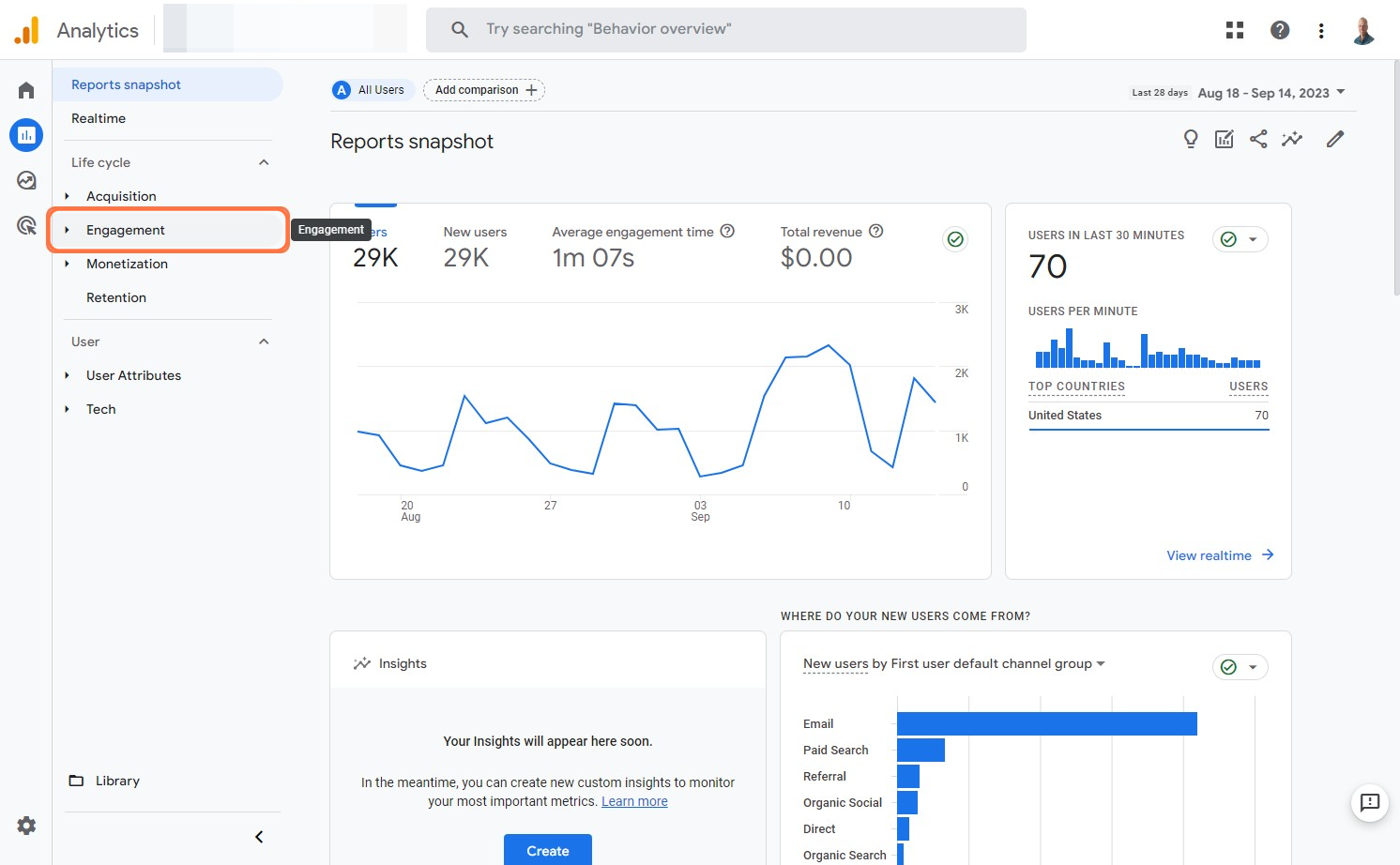


Referral traffic is important because it sends possible buyers to your website from other sites that likely have the same target audience. You can learn about the interests of the customers coming from the referring website and optimize your content for them.
Who is Referring Traffic to your Website:
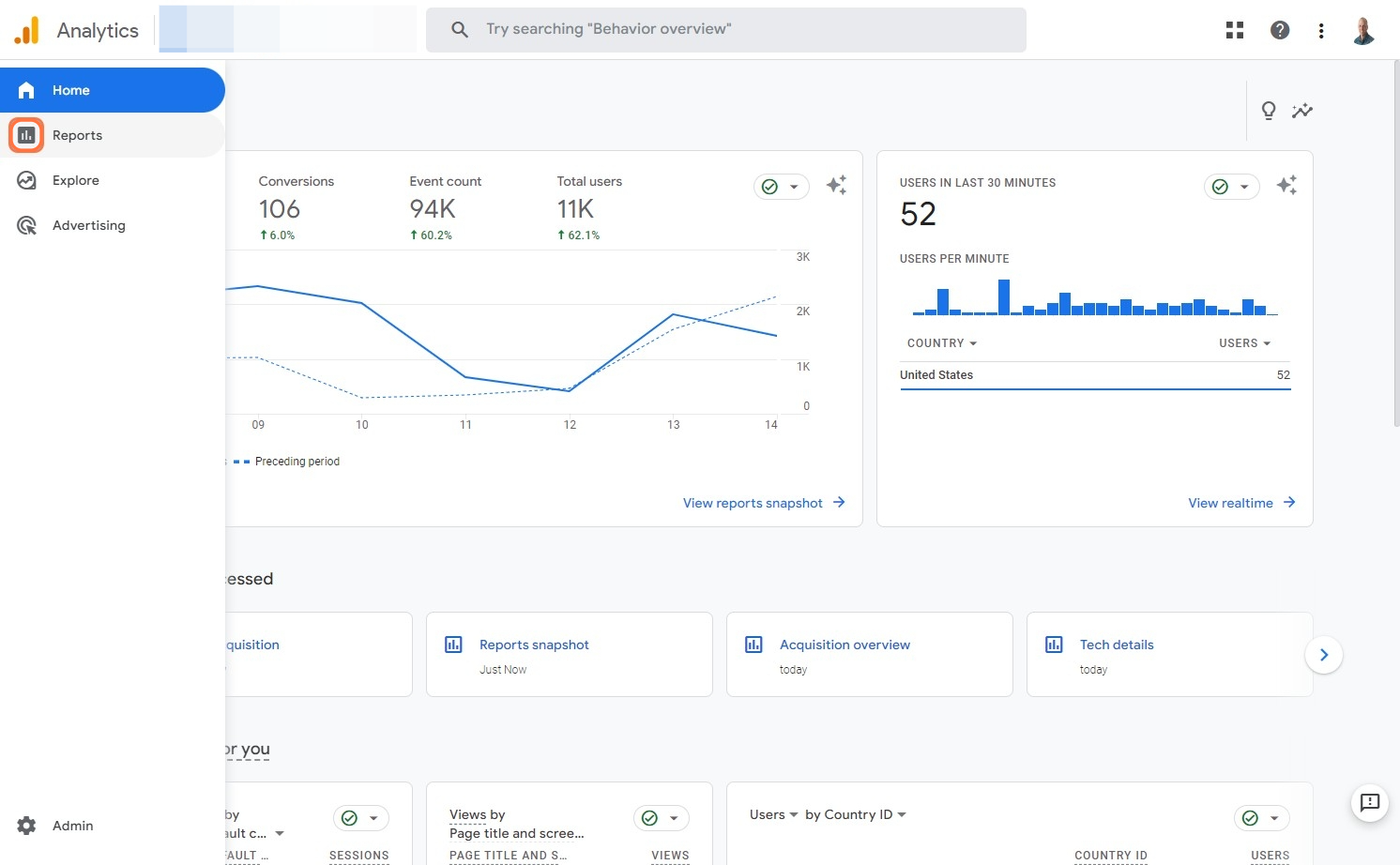


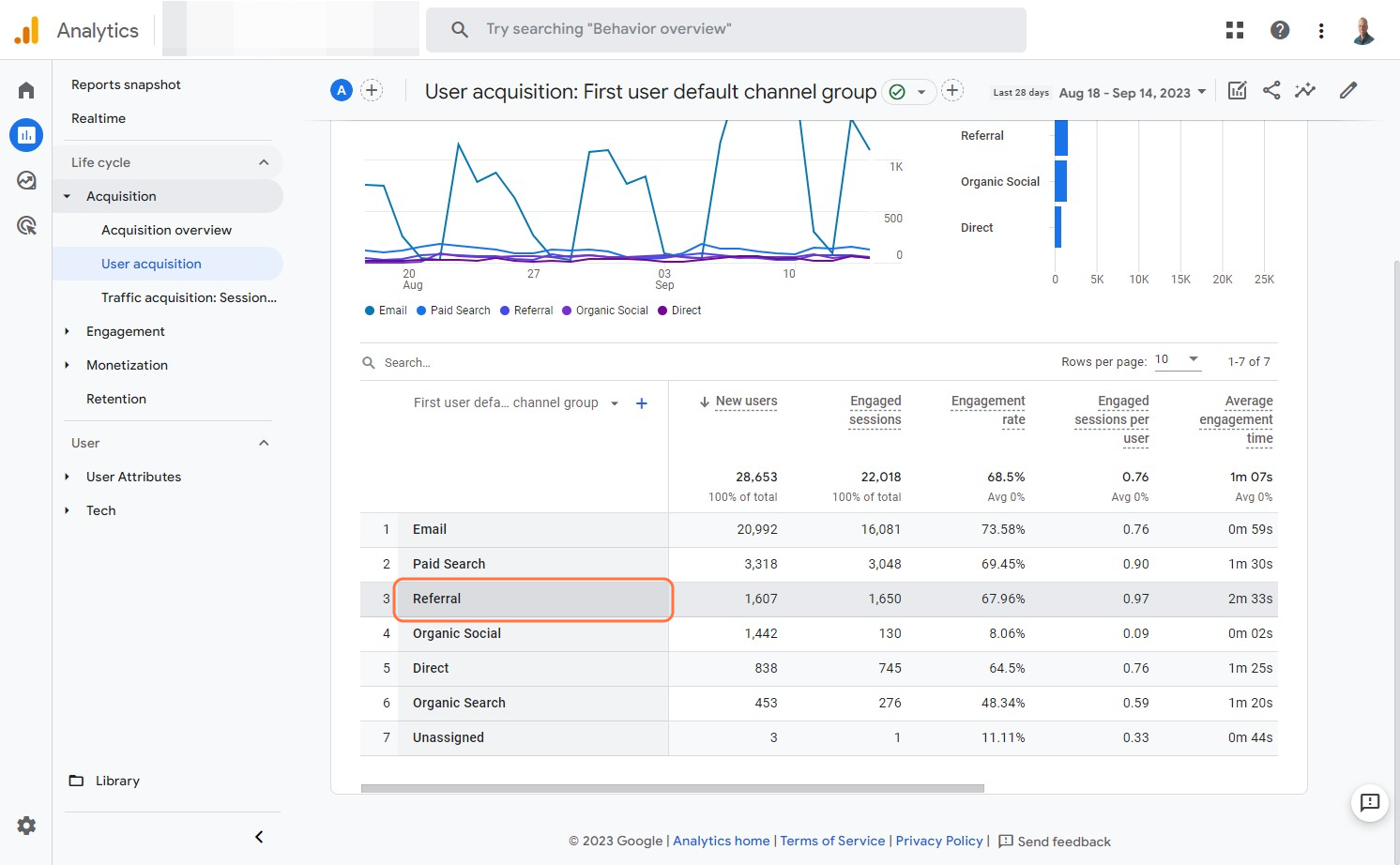
Google Analytics is a great tool to help you understand how users behave on your website. Once you understand their behavior, then you can adjust your strategy with your business goals in mind.
Now that you have a few ways to grow your business with Google Analytics, it's time to act
Google Analytics isn’t just a reporting tool, it’s a decision-making engine. And the more you use it, the smarter your marketing becomes.
Want help making sense of your Google Analytics data?